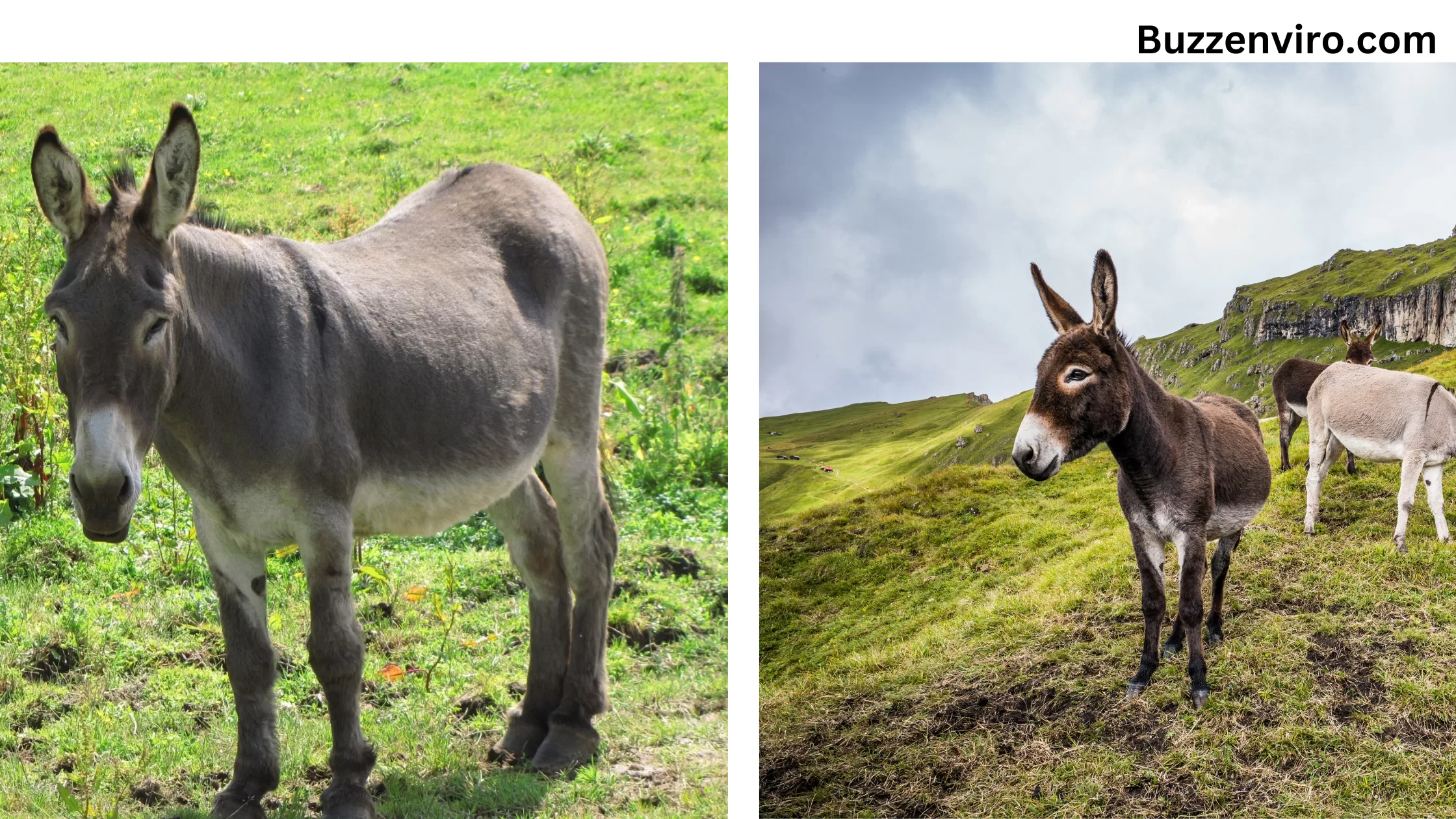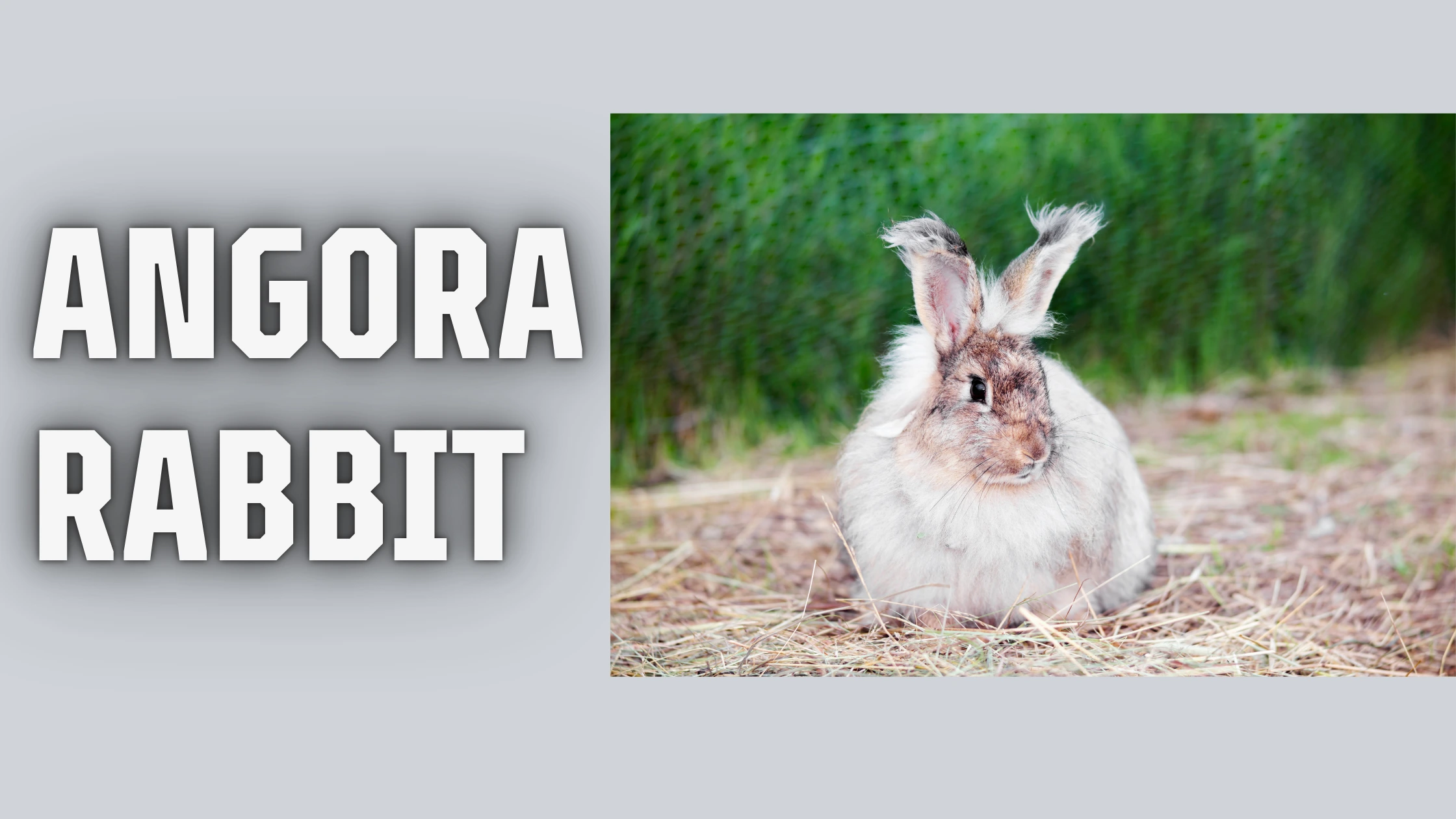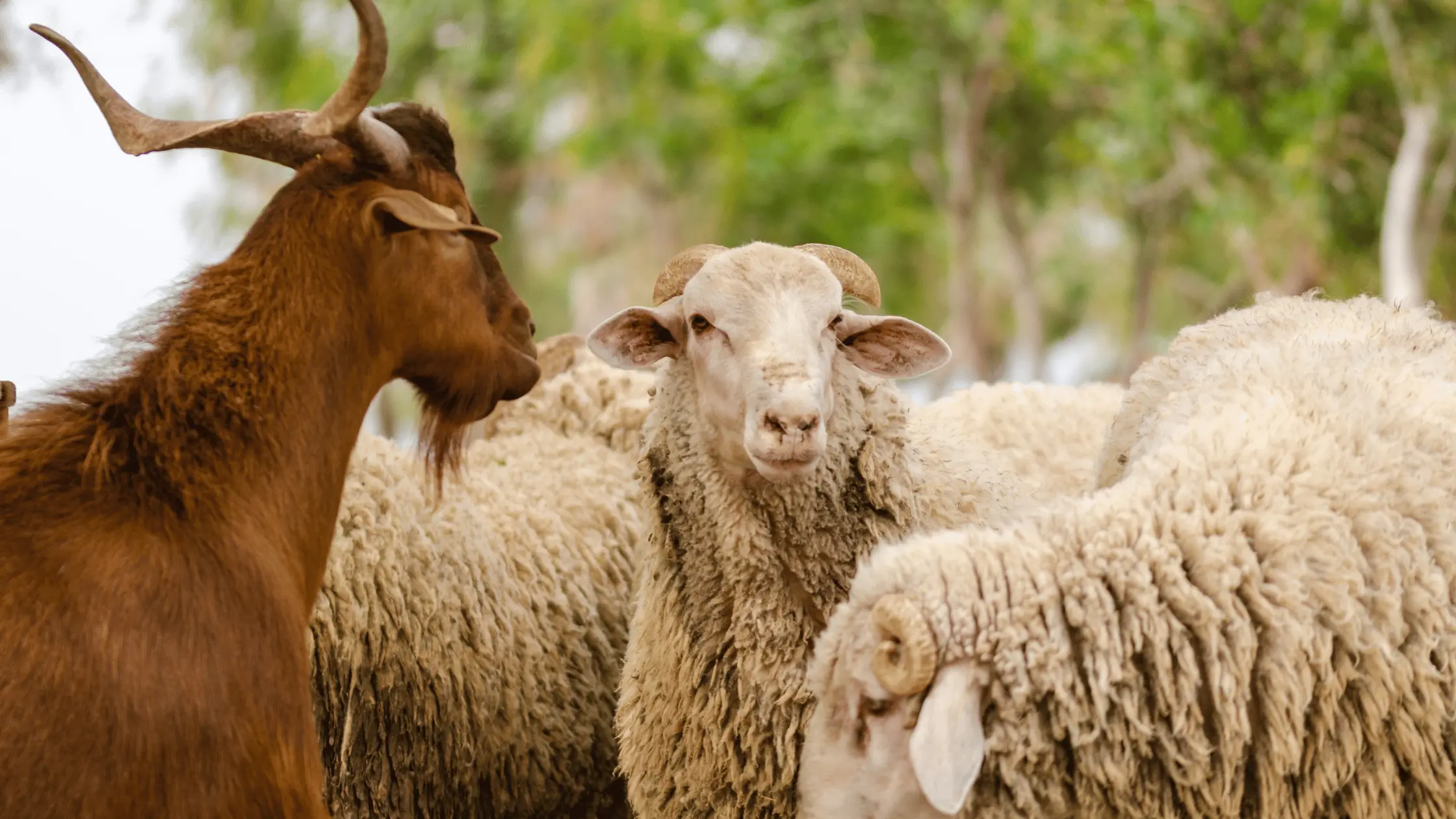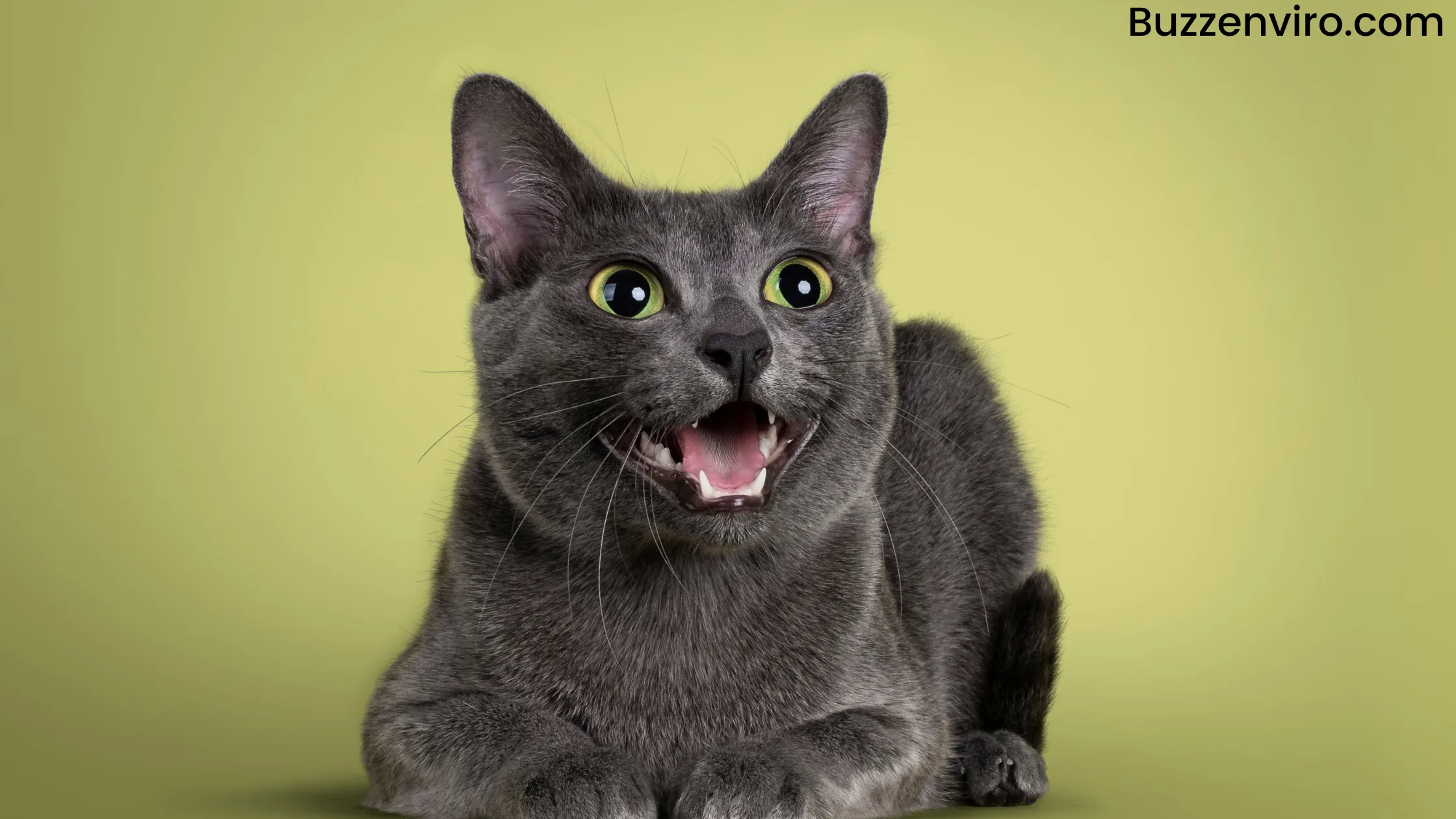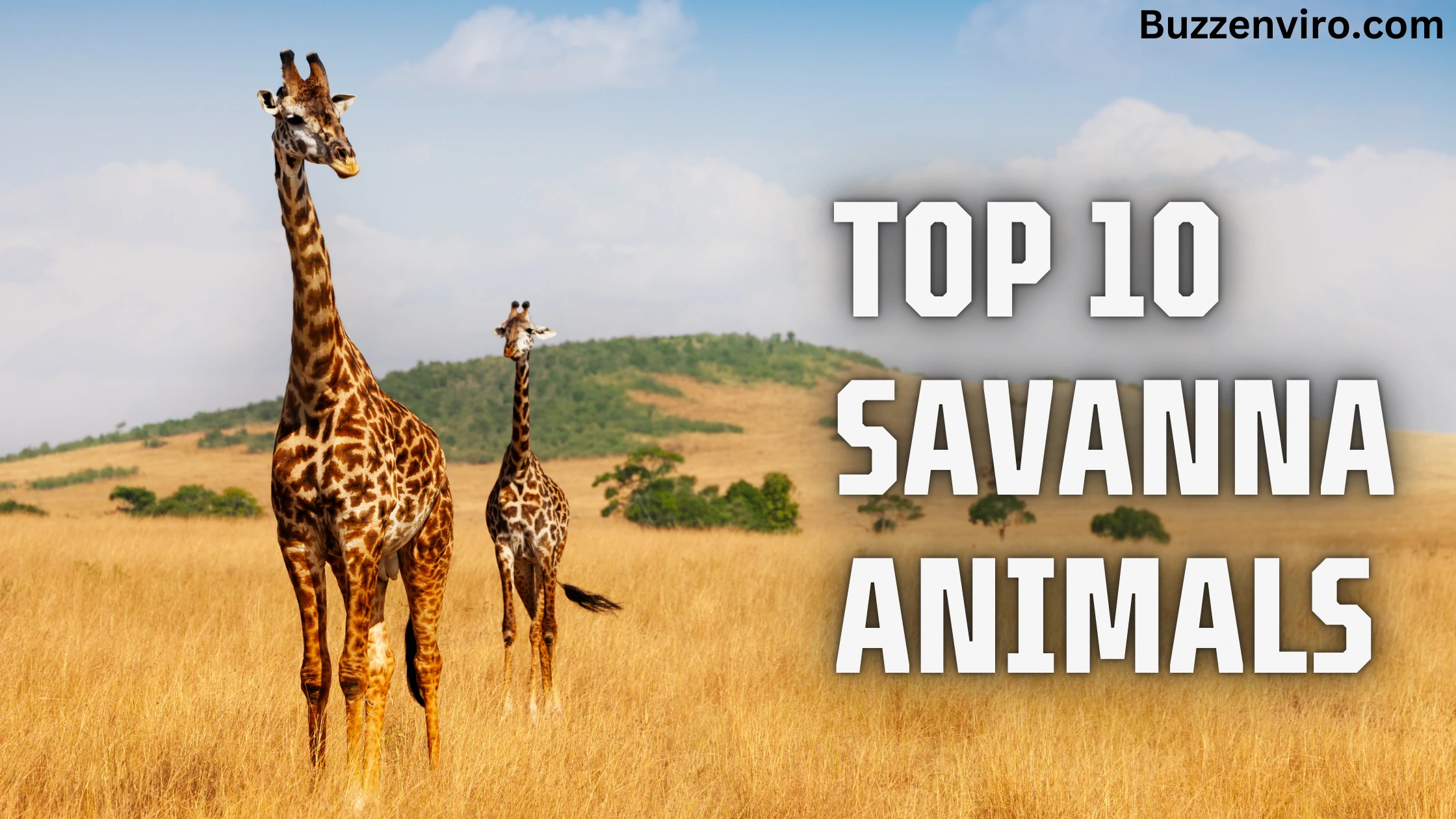When it comes to working animals, the donkey and mule are two of the most well-known and widely used in various parts of the world. However, despite their similarities, these two animals have distinct differences. Whether you’re an animal lover, a farmer, or simply curious, understanding the key differences between a donkey and a mule can help you appreciate these creatures and their unique qualities. In this blog post, we will explore the Donkey Vs Mule in terms of their characteristics, behavior, history, and uses.
What is a Donkey?
A donkey (Equus asinus) is a domesticated member of the horse family. Donkeys are known for their sturdy build, long ears, and calm demeanor. They are often used as pack animals, for riding, and even for milk and meat in certain regions. Donkeys have been utilized for centuries in agricultural and transportation roles due to their ability to endure harsh conditions and carry heavy loads.
What is a Mule?
A mule is a hybrid animal, the offspring of a male donkey (jack) and a female horse (mare). Mules inherit a blend of traits from both parents, which makes them highly valued for their endurance and strength. They are sterile animals, meaning they cannot reproduce, but they are prized for their hard-working nature.
Key Differences Between Donkeys and Mules
While donkeys and mules share some similarities, there are several key differences that set them apart:
1. Parentage
A donkey is a purebred animal. While a mule is a hybrid, resulting from the cross between a male donkey and a female horse.
2. Physical Appearance

Donkeys have shorter legs, smaller bodies, and long ears. Their coats are often more coarse.

Mules inherit a blend of traits from both parents. They tend to have the body of a horse but the ears and toughness of a donkey.
3. Temperament
Donkeys are often considered more stubborn and independent. Mules are known for being intelligent, cautious, and generally easier to train than donkeys.
4. Strength and Endurance
Donkeys are strong and resilient but are typically more suited for lighter loads.
Mules are highly regarded for their strength, stamina, and ability to work in harsh conditions, often outlasting both donkeys and horses in tough environments.
5. Fertility
Donkeys are fertile and can reproduce. Mules are sterile and cannot produce offspring.
6. Head:
Donkeys have a distinctive head with large, long ears that help regulate body temperature. Their heads are typically smaller in proportion to their bodies, and their facial features are often more elongated compared to horses. Donkeys tend to have a more expressive face, with prominent eyes and a somewhat more gentle or stoic expression.
Mules have a head shape that is more similar to a horse, with a broader forehead and a generally larger head compared to donkeys. They inherit long ears from their donkey parent, which are typically slightly smaller than a donkey’s but still noticeably longer than a horse’s. Mules generally have a blended face, combining features from both donkeys and horses.
7. Coat:
Donkeys have a coarse, thick coat that helps protect them from harsh weather. Their coats can vary in color, ranging from gray, brown, and black to white, and some donkeys have a distinctive dorsal stripe (a dark line running down their back).Donkeys are generally shaggier and more insulated, particularly in colder climates.
Mules inherit the coat type of their horse mother, which is usually shorter and sleeker than a donkey’s coat. The coat color of a mule can vary widely, depending on the breed of the mare (horse). It could be similar to that of a horse, ranging from light to dark shades like chestnut, bay, or black. Mules typically do not have the coarse texture seen in donkeys, though they can have a slightly thicker coat in winter.
8. Body Size and Shape:
Donkeys are generally smaller than mules, with an average height of around 3.5 to 4.5 feet at the shoulder. Donkeys have a shorter, more compact body and shorter legs, making them well-suited for rough terrain but limiting their load-carrying capacity compared to mules. Donkeys are often stockier in build, with a muscular yet smaller frame than horses.
Mules are generally larger than donkeys, with an average height of 4.5 to 5 feet at the shoulder. Mules have a larger, more horse-like body with longer legs and a more athletic build. Their physical traits make them more capable of carrying heavier loads and working longer hours. Mules’ bodies are often more refined, blending the sturdy, muscular build of a donkey with the grace and power of a horse.
9. Conservation Status:
The domestic donkey (Equus asinus) is not endangered overall, but certain wild donkey species, such as the Somali Wild Ass, are considered endangered. The domestic donkey is still widespread and used globally, particularly in agriculture and transportation, although wild populations have dwindled.
Conservation efforts focus on protecting wild donkey species and their natural habitats, as well as improving welfare standards for domestic donkeys.
Mules themselves are not considered a separate species and, as a hybrid between a donkey and a horse, are not subject to specific conservation status. Since mules are sterile and do not reproduce, they are typically bred on demand, and their populations are regulated by human activity rather than natural reproductive processes. While mules are not endangered, their use has declined somewhat in modern times, with mechanized machinery and tractors replacing them in many agricultural and transport roles.
Summary Donkey Vs Mule:
| Characteristic | Donkey | Mule |
| Head | Long ears, smaller face, more expressive | Horse-like head, long ears |
| Coat | Coarse, thick, and shaggy | Shorter, sleeker, variable based on horse breed |
| Body Size and Shape | Smaller, compact, stocky | Larger, more athletic, similar to a horse |
| Conservation Status | Domestic donkeys are widespread, but wild species are endangered | No specific conservation status, bred as a hybrid |
Both donkeys and mules play significant roles in agriculture and transportation, but their characteristics, uses, and conservation statuses differ based on their unique attributes and roles in human society.
